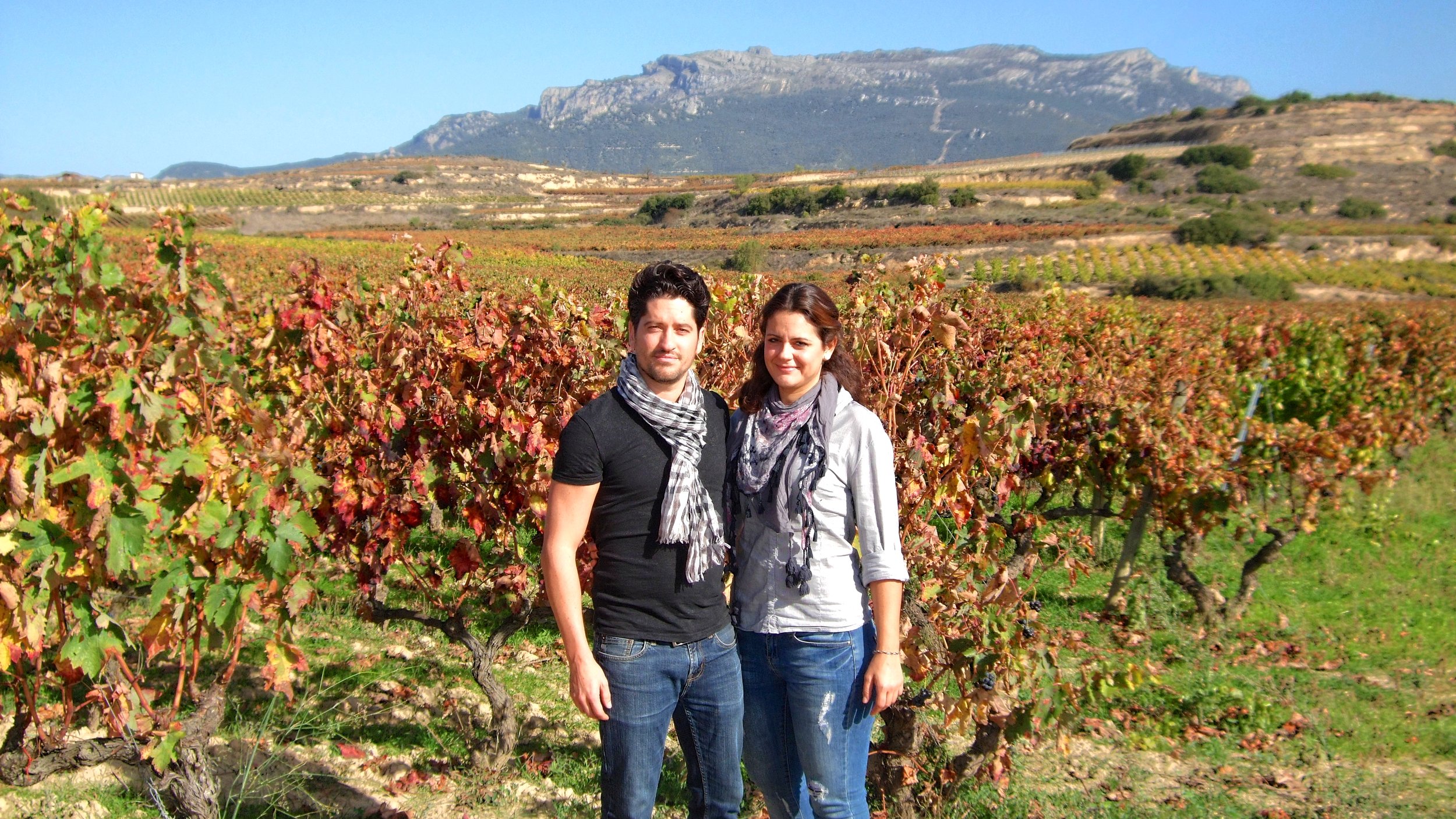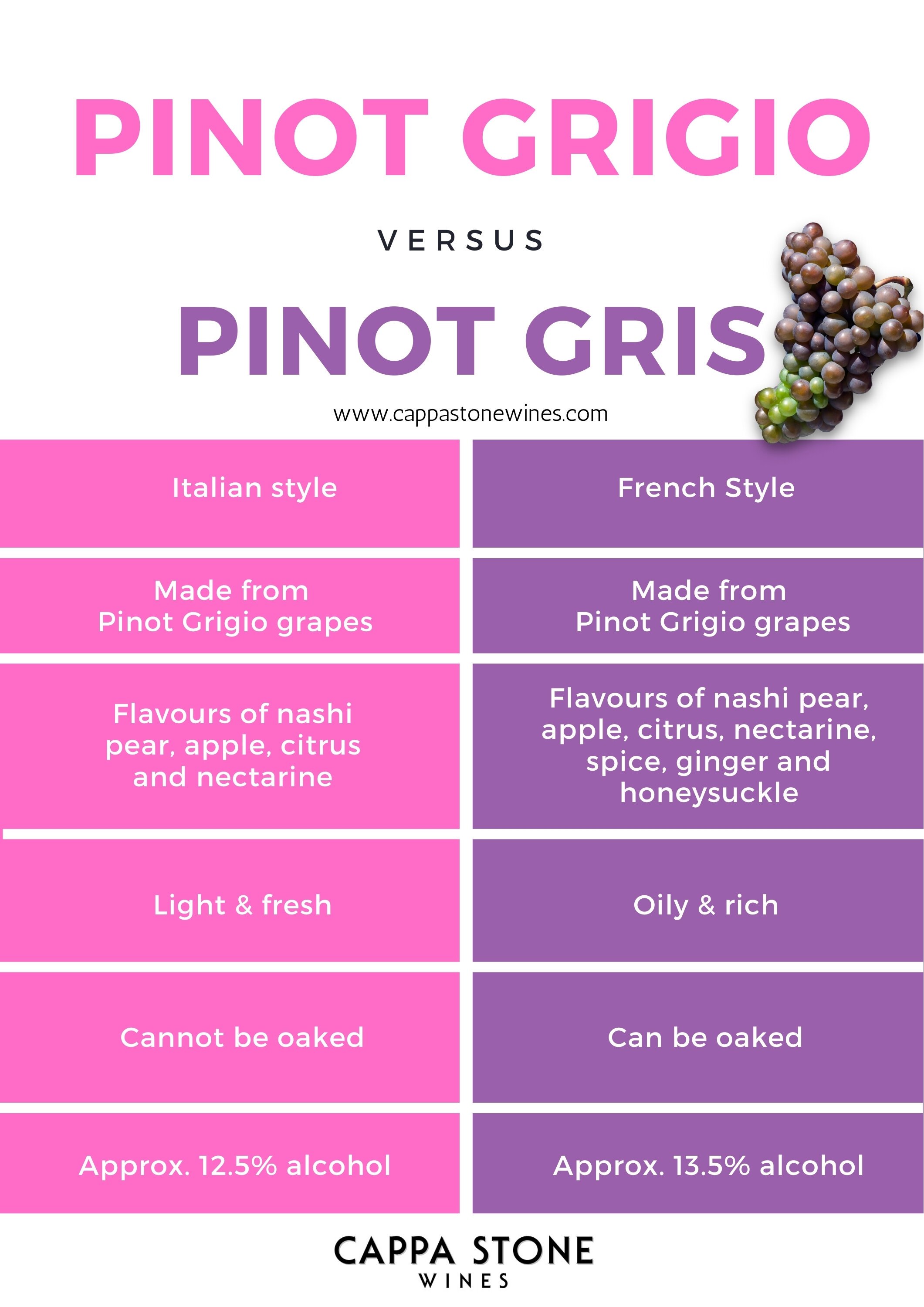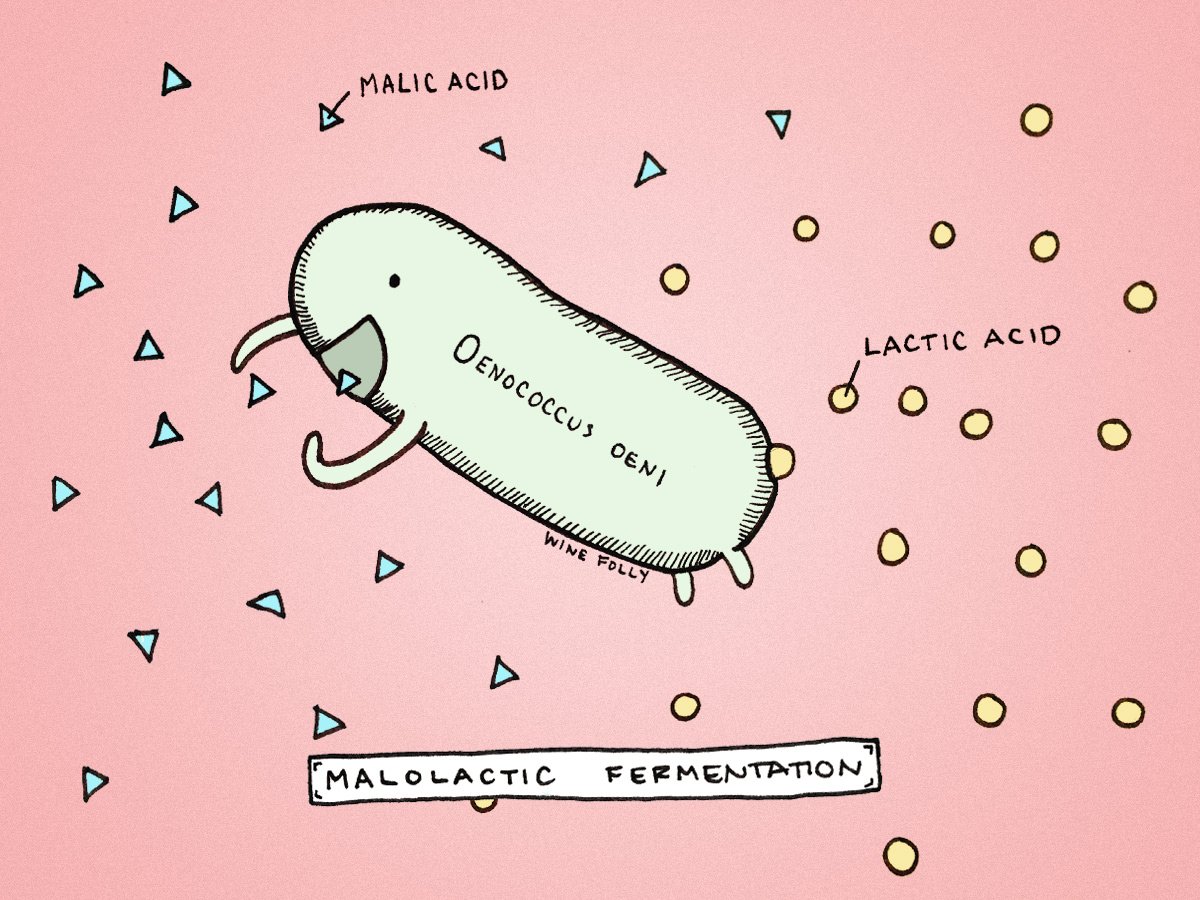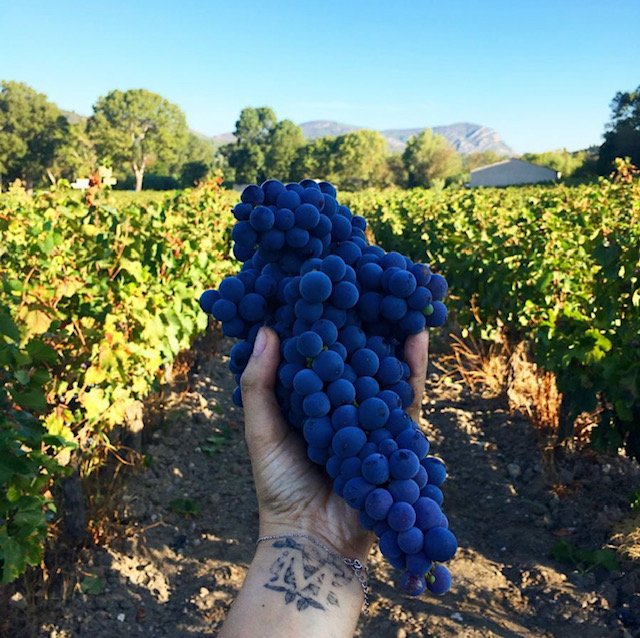Wine Club: Giving Thanks for Wine!!
Introducing one our newest team members who’s super into wine like me! She’s going to be assisting with some wine club stuff so let’s hear what she has to say this month!
Emily Pallas (aka Em)
Fall reminds me of going back to school, comfy sweaters, and the start of the holidays. With the colder days looming, it’s important to take the time for self-care, and I can’t think of a better way than a good bottle of wine to warm you by the fire.
For me, a vino-loving student of the craft, I am navigating the wine world as a young adult, and learning each day. I joined Cork this past August, and Katie and Danielle have welcomed me onto the team with open arms, embracing my passion to write about wine. To keep things brief, I want to use this space to break down and demystify the complicated, but maybe not so complicated, practice of winemaking, and more importantly wine-drinking. Salud to this month’s wine club!
Wine Club: 2 Bottles
Bodegas Moraza Rioja Spain • Tempranillo
One thing you should know about me is that I studied abroad in Spain, and it was during this time that I had my first introduction to really amazing wines! Spain is a beautiful country full of caring, community-focused individuals. On top of many things, Spaniards are proud of their regional cuisines. This includes foods like gazpacho, croquetas, bacalao, paella, and tortilla espanola. This same sentiment is shared when it comes to regional wines. Spain has many different wine growing regions, primarily broken down by climate. The wine that we have on for wine club this month comes from Bodegas Moraza in Northern-central Spain, specifically La Rioja.
In Spain, La Rioja is the region that has some of the country’s finest wines (bias-opinion or truth, yours to decide). Within this region there are three sub-regions; Rioja Alavesa, Rioja Alta, and Rioja Baja. Moraza is from the Rioja Alta sub-region, specifically from the town of San Vicente de la Sonsierra. When I first unpacked this bottle, I knew it would be a great wine club pick. Fun fact: The label shows an oak tree and two wolves that pay homage to the family crest of the Morazas. Oak represents loyalty, while the wolves or lobos represent how fierce the family was in battle. This fruity vintage is 100% Tempranillo with tasting notes of red berries, hints of spice, a very good acidity, and grippy tannins. When I think about enjoying this wine I think of the thanksgiving table’s mashed potatoes, turkey, and carrots but the Moraza’s wine is created to be a versatile pairing partner and great for a holiday with so much food on the table.
Bodegas Moraza has been farmed by the family for over 6 generations, with a recent transition into a certified biodynamic and organic practice. What makes la familia Moraza different from other producers is the fact that their wine is produced without any oak aging. Most red wine from La Rioja is aged in oak before release. This practice dates back to the phylloxera epidemic of the late 19th-century. Although winemaking dates back to the 11th-century BC in the area, the involvement of French winemakers in La Rioja during this time changed the way that red wine was produced in the area. Using primarily American oak (versus the traditional French oak), the modern Rioja region was born. Within the region there are rules for release of wines bearing the certification of the Denominación de Origen Calificada. (DOC).
To have a wine labeled with any of these distinctions it must have met the strict aging requirements. In addition, changes as recent as 2018 (the year of this vintage) have allowed for the name of the village where the grapes are grown to be featured on the label. This pays respect to the village of San Vicente de la Sonsierra specifically.
Libertine Wines ‘Grandma’s Gris’ Long Tom Oregon • Pinot Gris
Alex and Veronica Neely are wine producers located on the west coast in Willamette Valley. More specifically, these producers are in the Lower Long Tom AVA in Oregon. The partnership buys grapes from sustainable family farms, supporting the local agricultural community. Using only the yeasts created in the vineyards, with no fining or filtering, this wine is a wonderful example of a truly natural vino.
As simple and beautiful as this process is, you might think to yourself “Em, this one seems straight-forward, no overly complicated wine concepts here” that is until you ask yourself, “Pinot Gris? Pinot Gri…gio? What is the difference?”
Although bearing two different names, this is the same grape. When it comes to the expression of the grape, that’s where things change. Pinot Grigio is the italian name for the grape and grown mainly in Alto-Adige region of northern Italy. This produces a wine that is light, dry, has a higher level of acidity, and tastes of fresh green and citrus fruit. Pinot Gris, the french name for the grape, is most commonly being grown in the Alsace region of the country. The primary land feature of this area is what is called a rainshadow. A rainshadow is when the vines are planted on the side of a mountain that protects those plants from extreme weather. This creates a sunny, warm, and dry environment and it is because of these conditions that the Pinot Gris is more full-bodied, medium acidity, and more tropical fruit and honey notes.
So what does this grape taste like when grown in Oregon? That’s a straight-forward question, with a less than straight-forward answer. Typically producers that are growing this grape in places like New Zealand, Oregon or Germany will name their grape after the profile that it fits. More medium to full-bodied expressions with higher levels of complexity and alcohol are labeled with the French Pinot Gris, while lighter-bodied racy wine will be titled Pinot Grigio. Oh, how I love the wine world (...but just because I love you doesn’t mean I like you right now Pinot Grigio).
Taking this full circle, let’s talk about the Pinot Gris that you have in front of you. Grandma’s Pinot Gris has notes of pear, green apple, peach blossom, thyme, and tarragon. There is also a minerality to this wine that reminds you of its proximity to the ocean. The front of this bottle bears a watercolor painting of sweet peas, illustrated by the late Grandma Jacquie of harvest intern Aaron Kimmel. Kimmel remembers running around Jacquie’s garden as a child while his grandma enjoyed a bowl of steamed clams with her Pinot Gris. Personally, I would drink this wine with lighter fare, maybe towards the beginning of the holidays. Roast chicken, grilled swordfish, or even just some dried fruit, nuts and cheese.
Wine Club: 3-4 Bottles
Nicolas Mariotti Bindi ‘Mursaglia’ Corsica France • Vermentinu
Producing from the island of Corsica, Nicolas Mariotti Bindi started his own vineyard in 2007. This certified organic producer utilizes the breeze from the sea and cooler morning temperatures to balance out his grapes in the sunny climate. Intense sunshine can ripen grapes too quickly and leave the grapes with a high sugar content. Consequently, the wines produced from these grapes will risk being unbalanced. Lucky for us, Bindi knows what he is doing.
This 2019 vintage is 100% Vermentinu, and just like its vessel, this wine is elegant. Nicolas Mariotti Bindi allows his whites to undergo malolactic fermentation, meaning that this wine takes on a round and creamy style. Malolactic fermentation is the process in which tart malic acid, that is naturally occurring in wine must, is converted to lactic acid.
A medium bodied white with notes of pear blossom, ginger, honey, and thyme allow this wine to be enjoyed with or without food. Thinking of the holiday table once again, I would dare to pair this white with the star of the show. Poultry, fish, or salty starters would pair perfectly with the Mursaglia.
Yohann Moreno ‘GS’ Languedoc-Roussillon France • Grenache, Syrah
Although a younger human, starting when he was only 18 in a winemaking career, Yohann Moreno does not fit the stereotype of being chronically online. This French producer, although illusive on the internet, has a lot to say and he lets his wines do the talking. The 2021 “GS” is a certified- organic red blend of Grenache and Syrah grapes that Moreno grows in the Languedoc-Roussillon region of southern France. Also in his vineyards he grows Carignan, Mourvèdre, and Vermentino. Within the Languedoc-Roussillon region, you have further sub-divisions called AOCs. Each country has their own distinctions (DOC in Spain, AOC in France, AOP in Europe as a whole, AVA in the U.S., etc.) which adds confusion to a task that should be straight-forward, drinking wine. All jokes aside, appellations are ways in which wine integrity is preserved. Each appellation has to control the wines that the region is producing or else we fall to the demise of selling wines that are not what they say they are. Moreno works within the AOC of Corbières and about 85% of the wine coming from this AOC is red wine. Although terroir conditions are varied, the common land feature that makes this area special is the wind. Northern winds help to dry the vineyards and prevent the start of diseases.
Reds from this area are commonly falling into the black fruit category. Blackcurrant or blackberry, with some scrubby vegetal notes. With this wine specifically, we are hit with blueberry, a complimenting vegetal note, and some refreshing minerality. This would pair well with any game on the table but in addition, I would look forward to eating this with something savory and possibly even smoked. Food that comes to mind are mushrooms, which actually appear on the menu in the risotto dish right now at Cork. (Shameless plug because it is my favorite dish at the moment, and I order it for dinner at least once a week).





